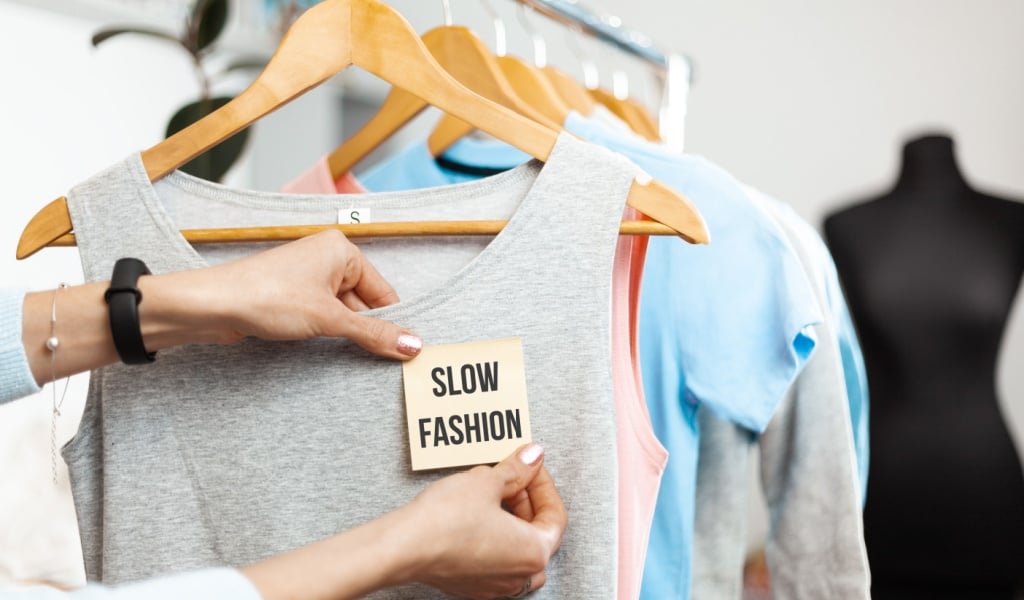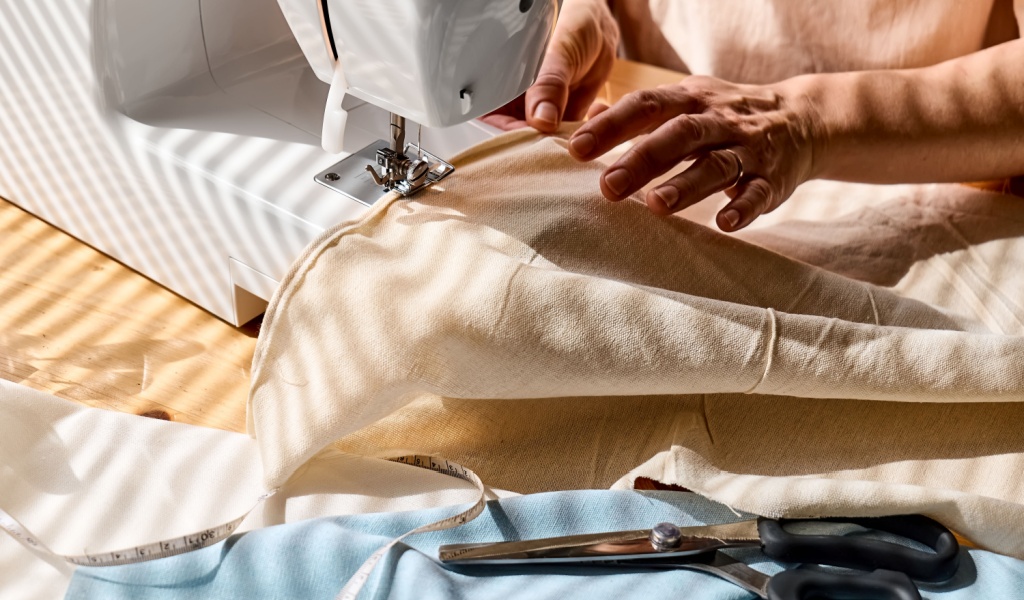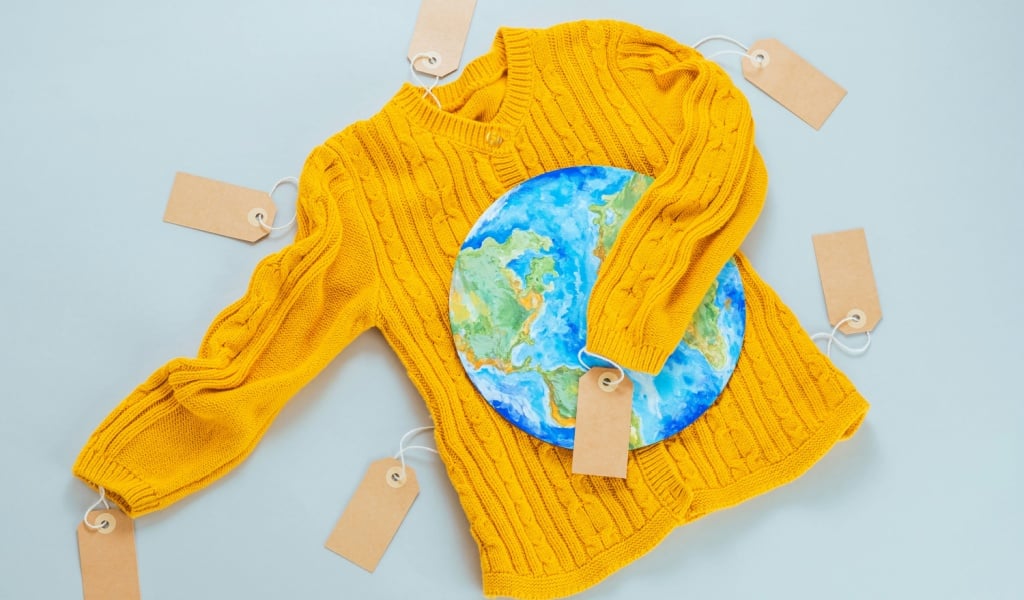When it comes to the fashion world, it’s easy to get overwhelmed with new trends, especially when some appear to blur together. One such trend is slow fashion, which is often mistaken for sustainable fashion. If you’re unfamiliar with the idea of slow fashion or trying to understand what it is, keep reading!

Slow fashion has become a pivotal aspect of today’s fashion industry primarily because it leaves a lighter footprint for the coming generations. In simple terms, slow fashion is the exact opposite of fast fashion; it includes a unique approach and awareness of fashion that focuses on the resources and processes entailed in the clothing manufacturing process. It advocates purchasing good-quality clothes that value fair treatment of people, animals, and the planet as a whole.
Slow fashion and sustainable fashion are very similar. In fact, both are sister movements aligned with the same guidelines. However, the key difference is that slow fashion holds a stronger viewpoint on reducing consumption and production. It pays tribute to the pre-fast fashion era when clothes were considered a long-term investment rather than something you just wear a few times and toss away.
How Did Slow Fashion Begin?
Over the past decade, there has been a significant shift in the fashion industry, with brands more concerned about a more sustainable approach to making clothes. The term “slow fashion” came about quite organically; it was initiated by Kate Fletcher. Drawing inspiration from the slow food movement, Fletcher recognized the need to slow down the pace in the fashion industry, too.
So, slow fashion began as a response to the fast fashion industry. Fast fashion is the rapid and low-cost production of clothes from mass-market retailers that are put on the market. It targets consumers who are looking for the latest fashion trends. While it does fulfill that aspect, it comes with a hefty cost in terms of its harmful effects on the environment!
According to reports from the UN Environment Programme, fast fashion’s waste, emissions, and pollution are fuelling a triple planetary crisis: nature, climate, and pollution. This is why slow fashion emerged as a way to motivate consumers to be more aware of their purchases and the impact they have on the world.
How Did Slow Fashion Become A Movement?
Before the industrial revolution, clothes were sourced and produced locally. Consumers would buy clothes that would serve them for a long time or even go so far as to make their own clothes from the available resources. Today, slow fashion is a re-emergence of what you would call the “old ways.” It’s about taking a step back and questioning if you really need something new when you can shop in your own closet for a forgotten piece of clothing that just needs minor repair work. Slow fashion encourages consumers to purchase fewer clothes less often and to go for secondhand options wherever possible.
The movement doesn’t forbid you from buying anything new, but it encourages you to opt for higher-quality pieces that can be worn for a long time when you shop for clothing. Such pieces are usually crafted out of low-impact fabrics and through sustainable processes. With slow fashion, consumers are encouraged not to view their clothes as disposable and to upcycle or repair them to increase their purpose. When the clothes no longer serve you, you can dispose of them responsibly.

How Can You Adopt A Slow Fashion Mindset?
At first glance, adopting a slow-fashion lifestyle can appear intimidating, but it doesn’t have to be! Here are some effortless ways to incorporate it into your life.
Buy Fewer Clothes
Slow fashion is all about consuming less, which starts with focusing on what you already have in your wardrobe. With social media plastered with stunning clothes, many people are addicted to wearing clothes only a few times before switching to new ones. To fight this urge, you can create a capsule wardrobe, which means owning a small number of timeless clothes that can be mixed and matched with many other outfits.
Choose Good Quality Clothes
Opt for top-quality pieces constructed with sustainable materials, even if it means spending more money. This will also ensure that you end up buying less. If investing in expensive clothes is not an option for you, you can shop for good-quality secondhand clothes. You can easily find them at local thrift stores, resale shops, or online.
Know How To Make Your Clothes Last
Take good care of your clothes so they last longer. Pay attention to the care instructions on the label, and wash and dry your clothes at the correct temperatures to keep them in good shape. As they say, “A stitch in time saves nine,” so have a small sewing kit handy to replace buttons or mend small holes.
Today’s generation demands higher ethical standards and sustainability. Therefore, slow fashion has gained massive support in the past few years. With the increase in awareness and popularity of this trend, our planet and everything in it can benefit hugely from this slow and considerate approach towards fashion!



